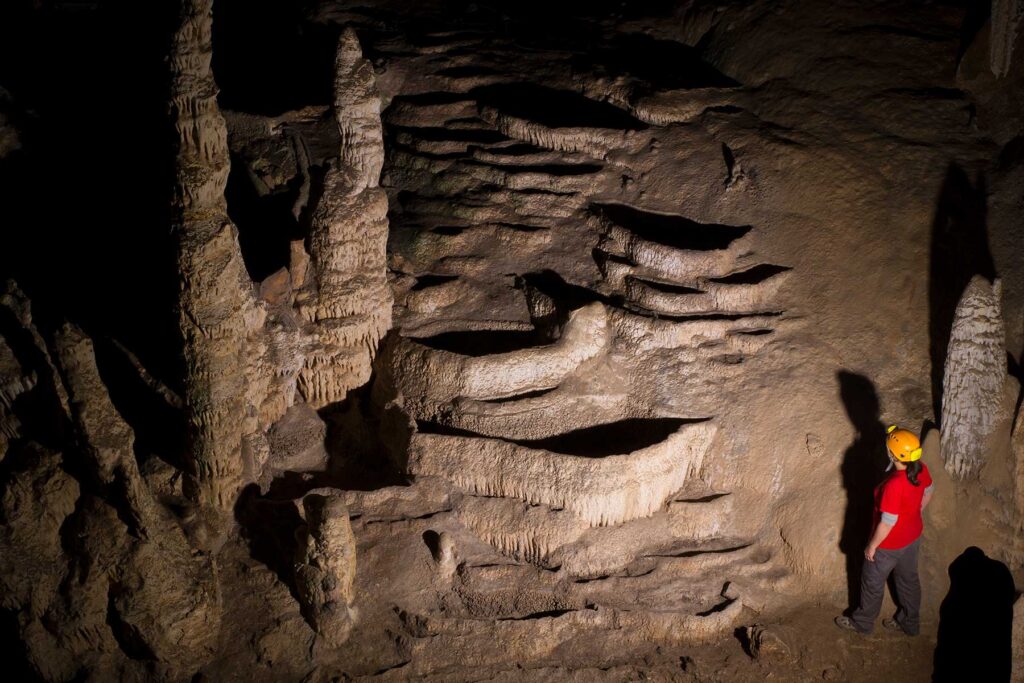Purchase your online ticket at the best price and avoid queues
NERJA CAVE
Natural Richness of the Nerja Cave
The natural richness of the Nerja Cave is found both inside and outside, in its surrounding environment.
This geological site holds special significance and is listed as a Site of International Geological Interest. It is also one of the largest caves in Andalusia and is set in a privileged natural environment, between the sea and the mountains.
Natural Richness Inside the Nerja Cave Natural Richness Inside the Nerja Cave Natural Richness Inside the Nerja Cave Natural Richness Inside the Nerja Cave Natural Richness Inside the Nerja Cave Natural Richness Inside the Nerja Cave Natural Richness Inside the Nerja Cave Natural Richness Inside the Nerja CaveNatural Richness Inside the Nerja Cave Natural Richness Inside the Nerja Cave Natural Richness Inside the Nerja Cave Natural Richness Inside the Nerja Cave
Natural Richness Inside the Nerja Cave
The cave, with a horizontal development, spans approximately 750 meters in length, measured along its major axis, and has a vertical drop of about 68 meters, 37 meters above the reference level located at the cave’s entrance, and 31 meters below the same reference level.
With a total length of 4,823 meters, it is one of the most extensive caves topographically in Andalusia. Its large chambers and galleries occupy a volume of around 300,000 cubic meters and a surface area of 35,000 square meters.
The cave can be divided into two sectors:
- The tourist-accessible sector or Tourist Galleries (106,285 cubic meters in volume and 9,371 square meters in surface area).
- The non-habitable and non-visitable sector, which includes the so-called Upper Galleries and New Galleries.
The Tourist Galleries comprise the accessible chambers of Vestíbulo, Belén, Cascada or Ballet, Fantasmas, and Cataclismo, as well as other spaces not open to the public, such as the Oficina or del Oso, Mina, and Torca chambers.
The tourist route has a total length of 546 meters. Additionally, visitors traverse 458 steps when completing the entire journey, with 159 steps going up and the remaining 299 going down.
The Columnas de Hércules and Inmensidad chambers form the Upper Galleries. The New Galleries include the Sala de la Lanza, the spectacular Galería de los Niveles, and the Sala de la Montaña. The latter connects to a nearby small cavity known as Cueva Pintada.
The Cueva Pintada-Montaña connection has been demonstrated through ventilation studies, although a passageway practical for people has not been found. Non-touristic areas are closed to the public for conservation reasons.
Geological Formation of the Nerja Cave
The formation of the Nerja Cave is attributed to a geological process known as karstification: rainwater dissolves carbon dioxide (CO2) from the soil and the atmosphere, becoming “acidic and aggressive” water that gradually dissolves the rocks as it infiltrates through cracks and fractures.
It is estimated that the infiltration and circulation of rainwater through the Sierra Almijara marbles began more than five million years ago.
As the dissolution processes progress, a large cavity is formed, where various geological formations, known as speleothems, are created.
Speleothems in the Nerja Cave
After traveling through the interior of the rocky mass, the water reaches the cavity. At this point, it degasses – losing its carbon dioxide content – and/or evaporates, resulting in the precipitation of the dissolved minerals, giving rise to speleothems such as stalactites or stalagmites.
In addition to stalactites and stalagmites, there are many different types and subtypes of speleothems, depending on their appearance and origin. Thus, within the cave, you can find formations like stalactites, stalagmites, anti-stalagmites, draperies, coral towers, columns, rimstone pools, macaroni formations, pine cones, soda straws, cauliflower formations, flags, clouds…
The Nerja Cave can be considered a true speleothem museum, and the abundance, variety, spectacularity, and scientific interest of these formations within is one of its most significant geological features and represents a great natural richness.
In addition to adorning the caves, these formations record diverse information, allowing, for example, the reconstruction of past climates or the study of earthquakes that occurred hundreds or thousands of years ago.

